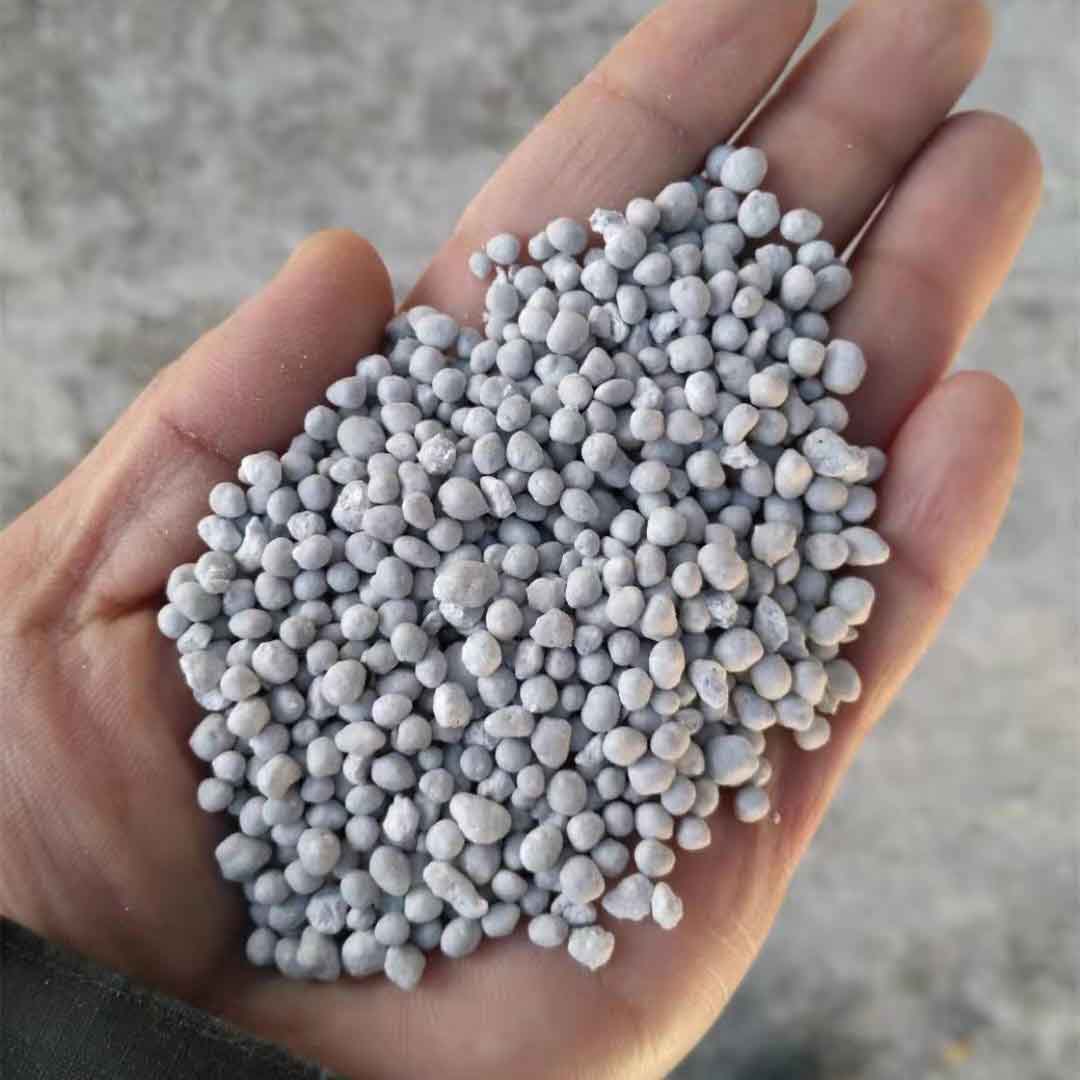
Aug . 16, 2024 12:28 Back to list
Understanding Nitrogen Levels in Lawn Fertilizers for Healthy Grass Growth
Understanding Lawn Fertiliser and Nitrogen Key to a Healthy Lawn
Maintaining a lush, green lawn is a goal for many homeowners, and understanding the role of nitrogen in lawn fertilisation is crucial to achieving this. Nitrogen is one of the primary nutrients required for plant growth and plays a significant role in the development of grass. It promotes lush, vibrant growth and enhances the overall health of your lawn.
Nitrogen is a major component of chlorophyll, the substance that plants use to photosynthesize. Photosynthesis is the process through which plants convert sunlight into energy, allowing them to grow and thrive. A lawn that is adequately supplied with nitrogen will display deep green blades of grass that are healthy and robust. Conversely, a nitrogen-deficient lawn will often appear yellowish and stunted, lacking vitality.
Understanding Lawn Fertiliser and Nitrogen Key to a Healthy Lawn
Timing the application of nitrogen fertiliser is also crucial. Grass typically requires different amounts of nitrogen throughout the growing season. For cool-season grasses, the best time to apply nitrogen is in the spring and fall when they are actively growing. In contrast, warm-season grasses benefit from nitrogen applications in late spring and early summer, promoting growth during their peak growing season. Applying fertiliser too late in the season can lead to unnecessary growth before winter, making the grass more susceptible to disease and damage from cold weather.
lawn fertiliser nitrogen

It is equally important to avoid over-fertilising. While nitrogen is essential for growth, too much can lead to excessive growth, which not only requires more frequent mowing but can also stress the lawn and make it more prone to diseases. Over-fertilisation can result in burning the grass, leaving yellow or brown patches that are detrimental to the lawn's aesthetic appeal and health.
In addition to synthetic nitrogen fertilisers, many environmentally conscious homeowners are turning to organic options. Organic lawn fertilisers made from composted materials release nitrogen more slowly, providing a steady supply of nutrients over time. This can lead to a more sustainable lawn care routine and improve soil health in the long term.
Moreover, it's essential to consider soil testing before applying nitrogen fertiliser. Understanding the specific nutrient needs of your lawn can help guide your fertilisation plan. Soil tests can indicate not only nitrogen levels but also the availability of other nutrients, which can help you select the right fertiliser and application rate.
In summary, nitrogen plays a vital role in the health and appearance of your lawn. By choosing the right fertiliser, timing applications appropriately, and considering both synthetic and organic options, you can foster a vibrant, green lawn. Recognising the importance of soil testing can further enhance your efforts, ensuring your lawn remains healthy and beautiful throughout the growing season. With the proper understanding and care, achieving a lush, green lawn can be a fulfilling and attainable goal.
-
10 10 10 Fertilizer Organic—Balanced NPK for All Plants
NewsJul.30,2025
-
Premium 10 10 10 Fertilizer Organic for Balanced Plant Growth
NewsJul.29,2025
-
Premium 10 10 10 Fertilizer Organic for Balanced Plant Growth
NewsJul.29,2025
-
Premium 10 10 10 Fertilizer Organic for Balanced Plant Growth
NewsJul.29,2025
-
50 Pound Bags of 13-13-13 Fertilizer for All Plants – Bulk & Organic Options
NewsJul.28,2025
-
High-Efficiency 15-30-15 Granular Fertilizer for Healthy Crops
NewsJul.28,2025
